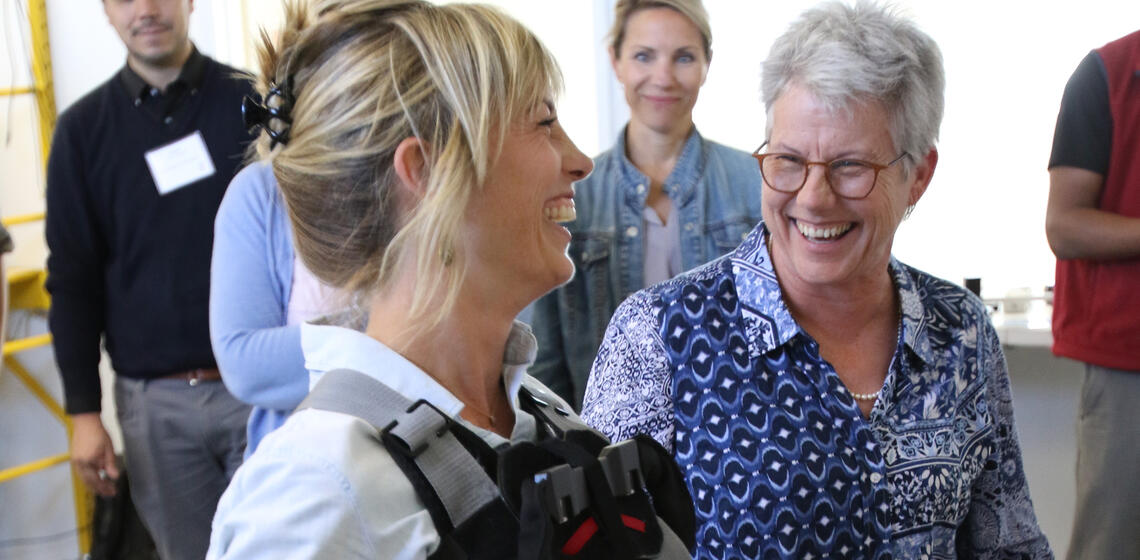Why was COEH created?
Concerned that California lacked the knowledge and the trained professionals it needed to protect people from work-related hazards, the State passed legislation in 1978 mandating the University to establish teaching, research, and service centers in Northern and Southern California. The Center for Occupational and Environmental Health (COEH) and its sister centers at Los Angeles and Irvine serve government, industry, schools, health professionals, and the general public through programs and partnerships designed to deepen understanding of occupational and environmental hazards and to prevent disease, fatalities, and injuries.
Northern California COEH: At a Glance
California has had its share of natural disasters, but the State became acutely aware of another, more insidious type of threat in the late 1970s, when workers who had been making the pesticide DBCP discovered that they were sterile. Concerned that California lacked the knowledge and the trained professionals it needed to protect people from work-related hazards, the State passed legislation in 1978 mandating the University to establish teaching, research, and service centers in Northern and Southern California.
Activities are grounded in multi-campus, multidisciplinary teaching programs in medicine, nursing, public health, and related fields which:
-
Educate future leaders in occupational and environmental health
-
Develop new knowledge
-
Bring the resources of the University of California to the public



